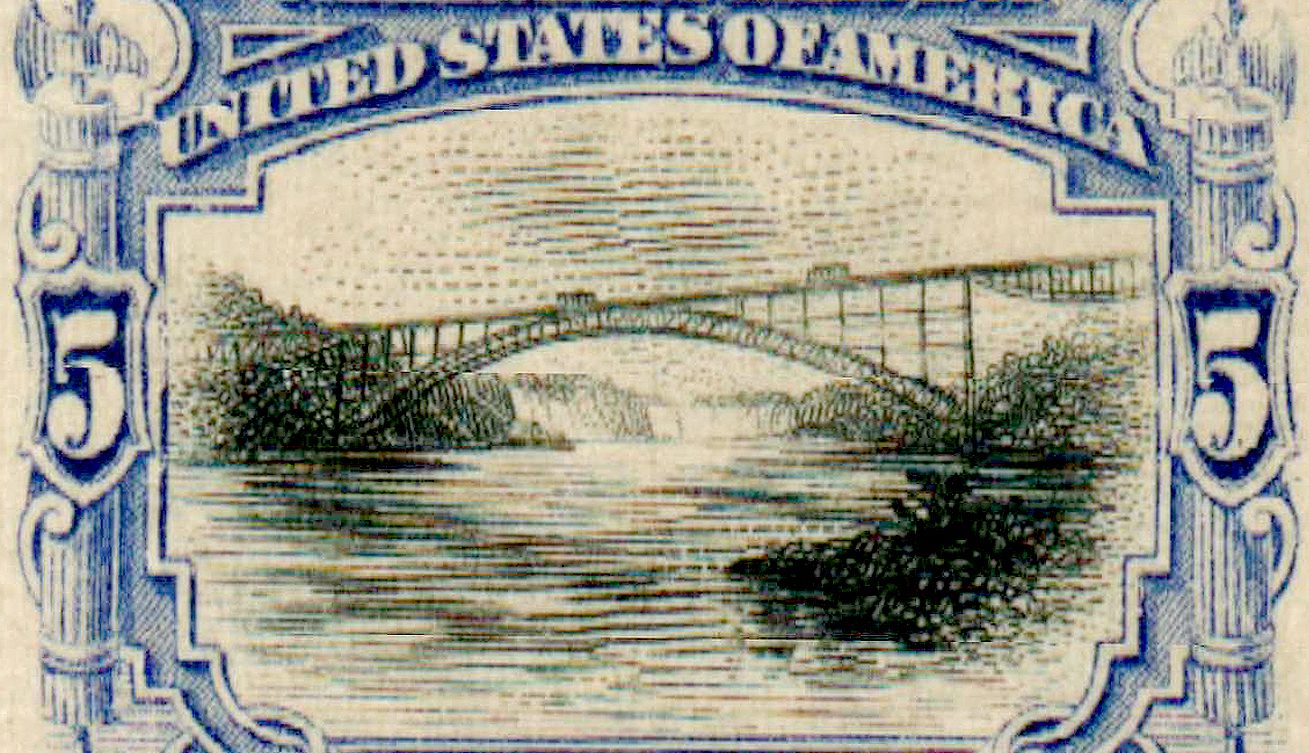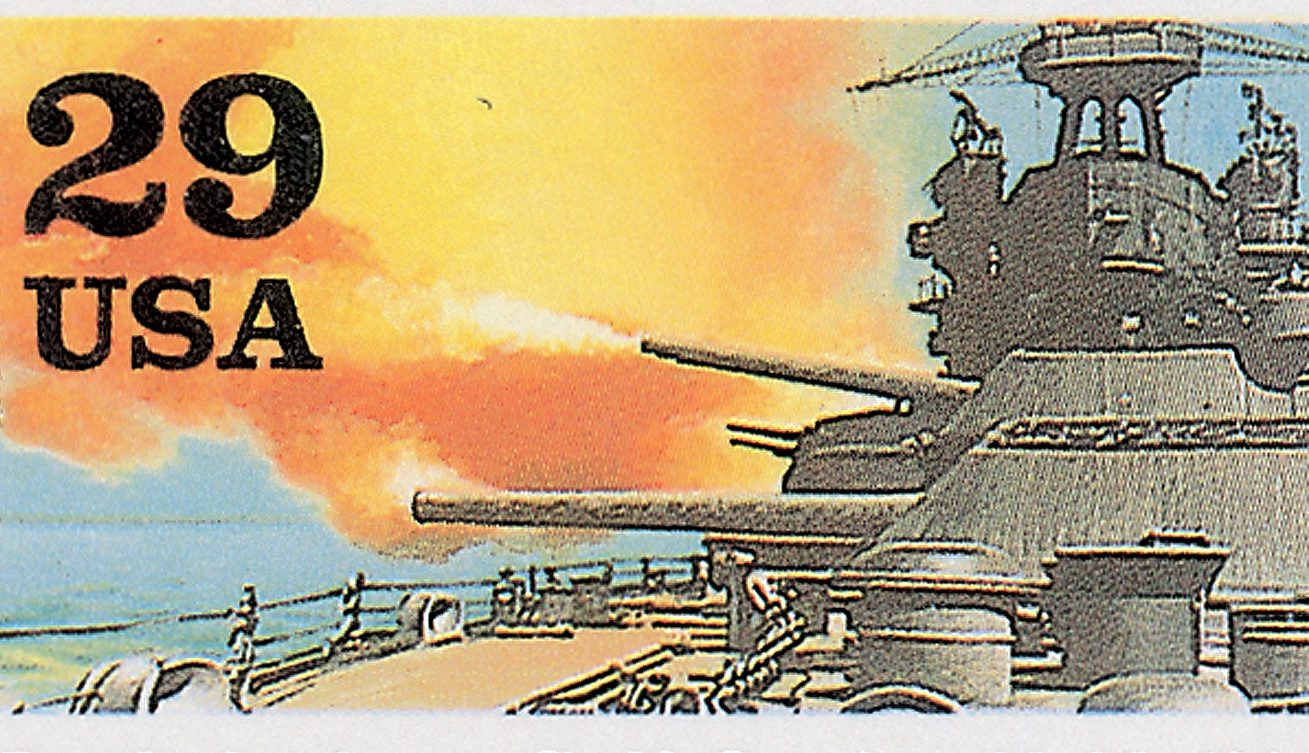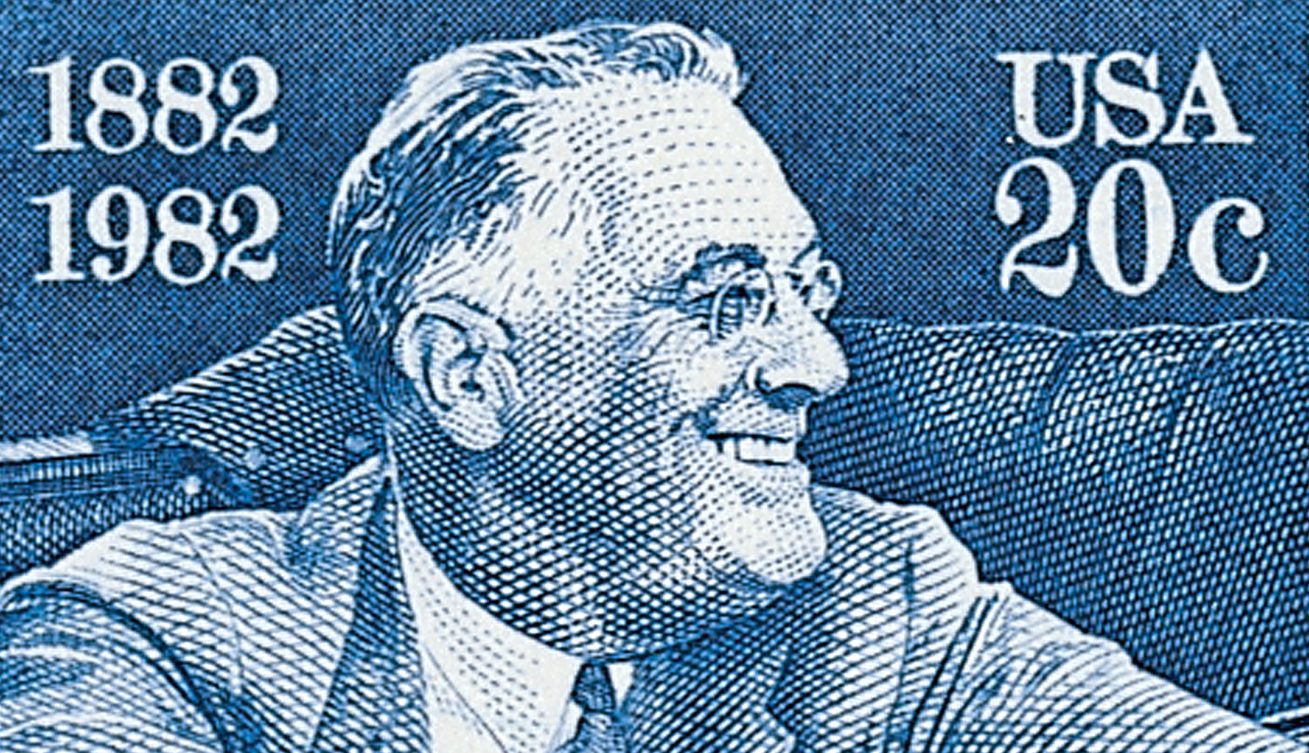Motor Vehicle Use Tax Stamps
A tax on motor vehicle use went into effect on February 1, 1942, to help fund World War II. These short-lived stamps were meant to be displayed on the inside of the windshield, to easily show the tax had been paid.

A tax on motor vehicle use went into effect on February 1, 1942, to help fund World War II. These short-lived stamps were meant to be displayed on the inside of the windshield, to easily show the tax had been paid.

The Battle of Kwajalein began on January 31, 1944. Part of the World War II Pacific Campaign, it was a hard-fought, but quick victory for the US, allowing commanders to launch the next battles sooner than expected.

William McKinley Jr. was born on January 29, 1843, in Niles, Ohio. As America’s 25th president, he guided the country during the Spanish-American War, expanded our overseas territories, and promoted rapid economic growth.

On January 28, 1887, it was claimed that a snowflake 15 inches across and eight inches thick fell on Fort Keough, Montana. While this claim hasn’t been verified, unusually large snowflakes are possible…

On January 27, 1938, the Honeymoon Bridge at Niagara Falls collapsed from the force of ice on the river pressing against its supports. It had been the largest steel arch bridge in the world.

Arturo Alfonso Schomburg was born on January 24, 1874, in Santurce, Puerto Rico to an African American mother and German father. A key figure in the Harlem Renaissance, Schomburg dedicated his life to researching and raising awareness of the achievements of Afro-Latin Americans and African Americans.

The fourth USS Yorktown was launched on January 21, 1943. During its more than 25 years of service, the Yorktown participated World War II, the Korean War, and the Vietnam War.

On January 20, 1937, Franklin D. Roosevelt was the first US president to be sworn in under the new rules of the 20th Amendment. Since then, every president has been sworn in on January 20.

On January 19, 2006, the New Horizons interplanetary space probe was launched on a mission that included studying Pluto. The mission was inspired in part a postage stamp!